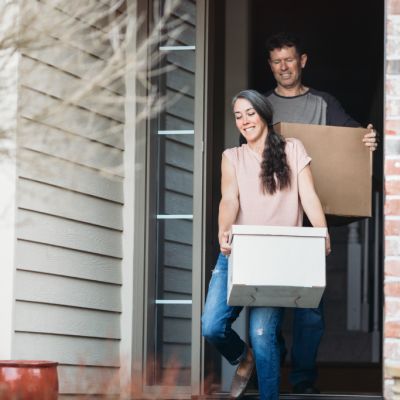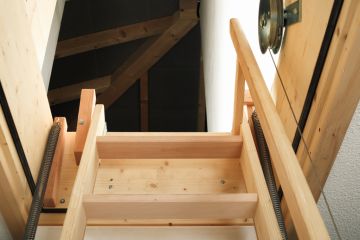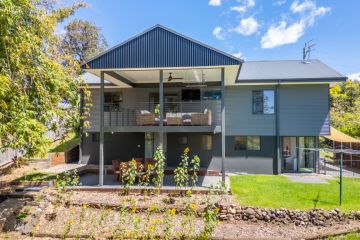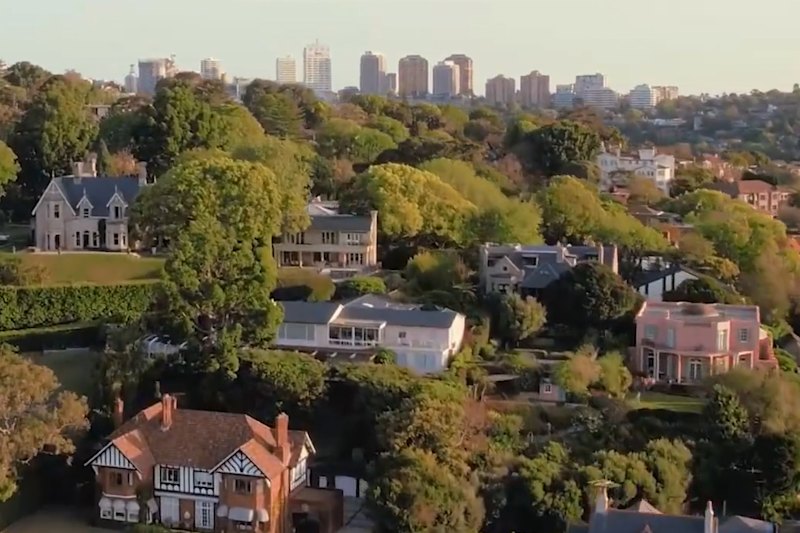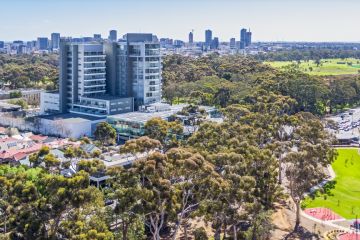Adult children forced back home during COVID are still recovering
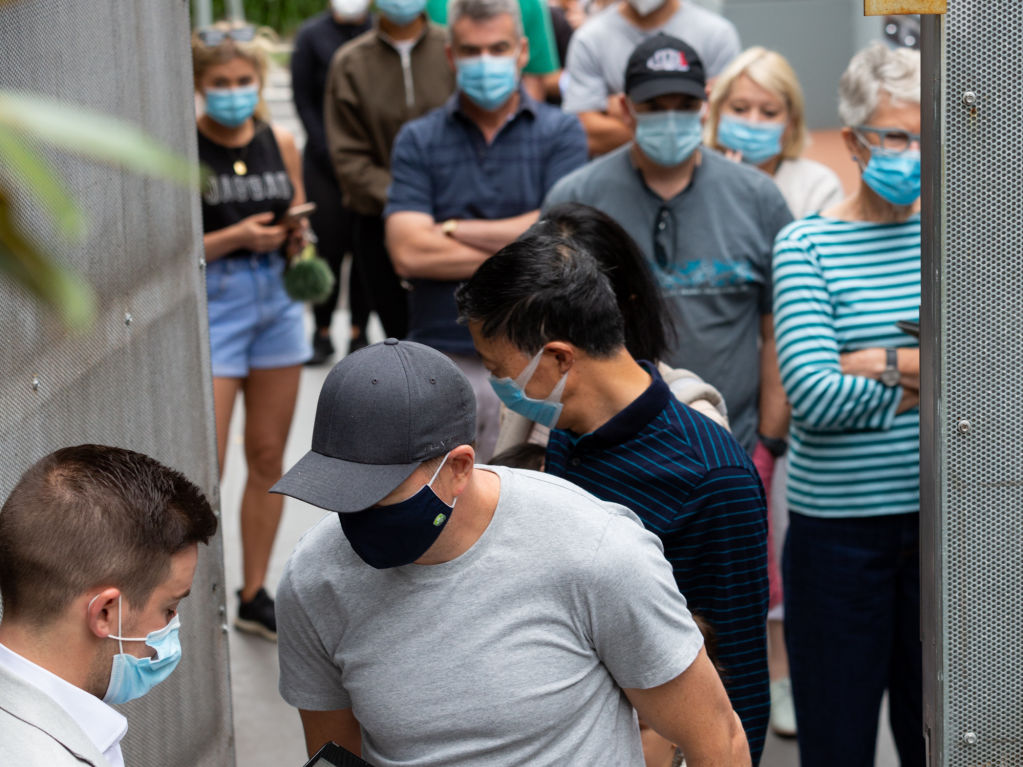
It has been almost a year since university student Gabi Vella was stood down as a bar manager in Sydney when the pandemic hit Australian shores.
Like thousands of other young adults, she was staring down the barrel of lockdown — with no income and rent and bills to pay.
She did what thousands of other young adults did at that time: moved back in with her parents.
A new survey from Finder revealed exclusively to Domain found more than a third (34 per cent) of Australian households had adult children return home when COVID hit.
Many abandoned their rentals to take refuge with their parents to help allay some of the fears and pressure after industries such as hospitality, retail and entertainment heavily reliant on casual work evaporated overnight.
Ms Vella stayed at her parents’ place at Tamworth close to four months while paying the rent on the remainder of her lease.
But as her workplace started re-opening, she returned to Sydney and found a new rental in a share house with friends, and, 12 months on, she’s actually better off — her rent is cheaper now than it was pre-COVID.
Much like Australia’s fast economic turnaround, the recovery for many young adults who fled home to their parents has been swifter than they initially expected.
The Finder figures revealed that almost half (43 per cent) of the adult children who returned home last year when the pandemic hit Australian shores have been able to recover enough financially to leave again.
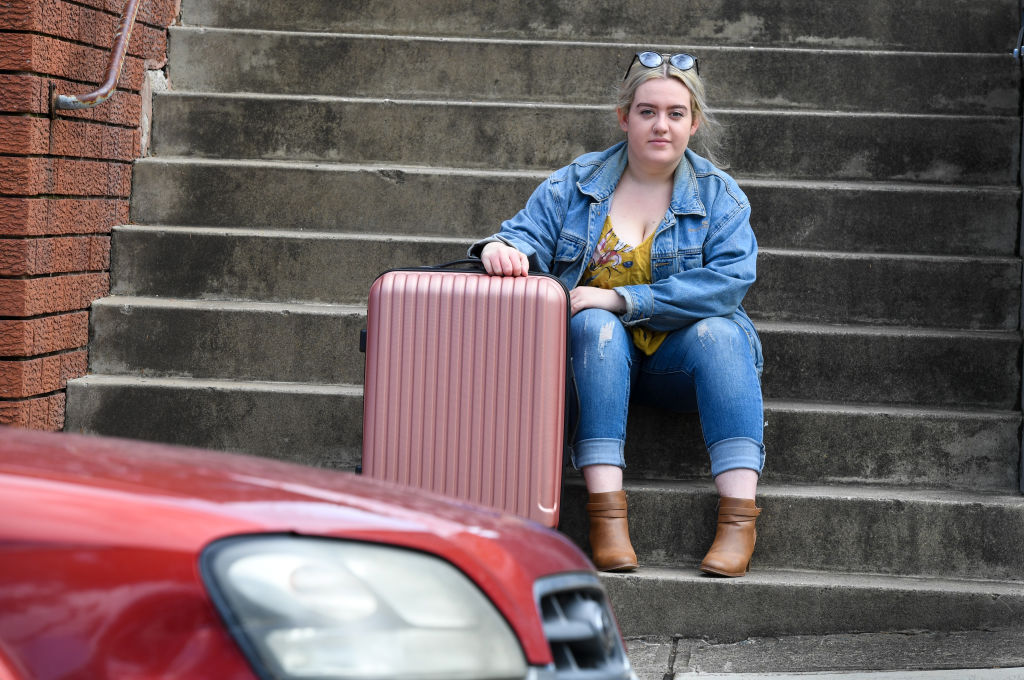
But it’s not all sunshine and rainbows. Ms Vella’s situation, although improved from this time last year, is still precarious. She’s relying on Centrelink payments to cover her rent and is worried her rent will go up, costing her more than she can afford.
“COVID pushed all my uni placements this year and I have to do it for eight months straight — I had to quit my job to finish my placement,” she said. “Currently I’m relying on Centrelink to pay my rent.
“We’re concerned if we stay here that they might put [the rent] back up to the original price so we can’t afford to stay here. It’s definitely stressful. We’re three very, very young uni students, we’re not from Sydney, we don’t have an option.”
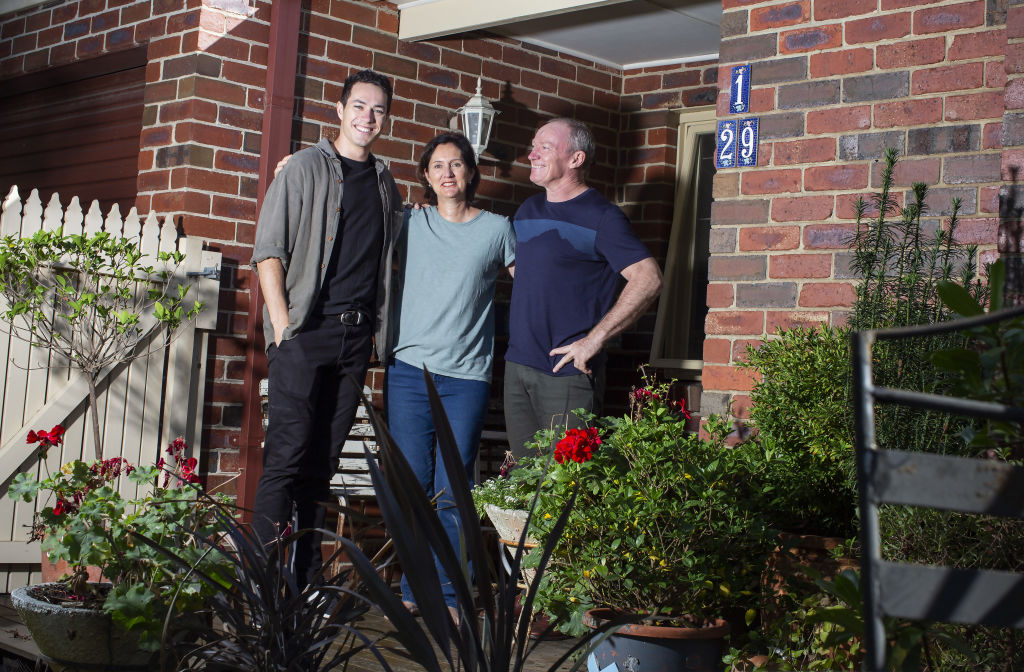
Melbourne music theatre performer Des Flanagan spent about five months living with his parents after losing work at the beginning of the lockdown but was able to move back out again in July.
The rental market dropped just as he was eligible for JobKeeper, keeping him “afloat”.
“I worked sustainably and I have somewhat of a buffer to get through this period,” Mr Flanagan said. He was relying on his savings until he can work full time again in performing arts.
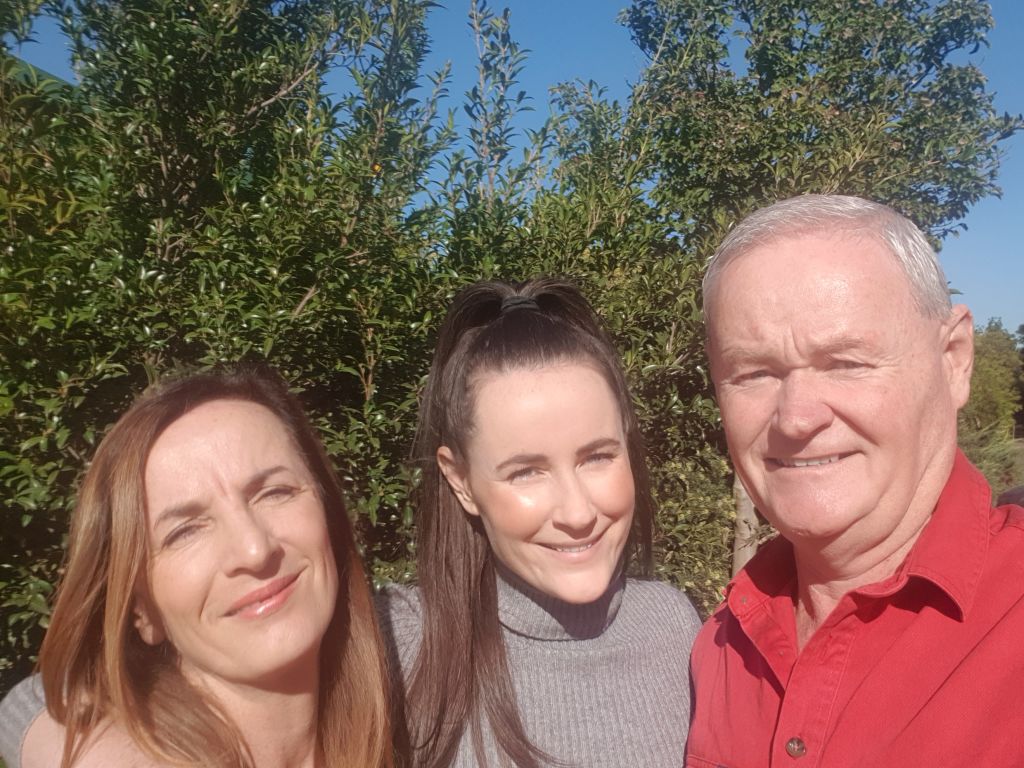
Melbourne retail merchandise planner Krystie Gunn, who moved out less for financial reasons and more to lockdown with her parents in Shepparton, has also returned to the city.
Ms Gunn said she was able to find a discount rental in the CBD that saw her save $6000 on a new 12-month lease.
“I think the timing of your lease expiry is everything. I got very lucky. I had no issue finding something much much cheaper,” Ms Gunn said.
“There’s still about six apartments that are empty at the moment and if it continues along that way they’ll struggle to put it up.”
The Finder data, which surveyed 1015 Australians, found that one in four adult kids still live with their parents in Victoria – the highest rate in Australia.
Finder’s personal finance specialist Taylor Blackburn said the pandemic left many financially distressed.
“Being able to move home to live with parents has been a lifeline for those lucky enough to have the option,” Mr Blackburn said.
But the uncertainty did not just affect kids last year, with quite a few medically frail parents who moved in with their adult children, he said.
Forty per cent of Victorians also had multi-generational living between parents and children compared to just 28 per cent in Western Australian and South Australia.
Parents in South Australia were most likely to live with an adult child at 18 per cent of households compared with 12 per cent of households in Queensland.
We recommend
We thought you might like
States
Capital Cities
Capital Cities - Rentals
Popular Areas
Allhomes
More
- © 2025, CoStar Group Inc.

